|
You love to travel. You adore adventure. You can't stand monotony. And you love to write . . .Does that sound like someone you know? If so, travel writing might be for you.
0 Comments
I had the privilege of visiting England the last week of February -- one of my favorite destinations. Since I am a historical fiction author, are you surprised? My purpose was threefold. First, to do a bit of research and sightseeing in Bath, where my latest WIP takes place, although many centuries ago. Second, to do an author's talk at the Bristol homeschool coop near my host's town.
When I visit a new city, I like to see it from a writer's point of view. Greenville, SC was no exception. I was here for a conference, book signing and a school visit, but more about that next time. Today, I want to share this burgeoning city to which people of all ages are flocking. It is one of the top ten cities to live in, a mecca for senior citizens, and a model for downtown rehab success -- other cities use the Greenville model when reviving a dead downtown district.
It was Labor Day, and surprisingly, we had no plans as a family. Whoo Hoo! Time for a road trip. My goal was to visit a town less than two hours away, so we could come and go in one day. And so we did - to Rockford, Illinois.
My wanderlust posts are winding down. This Fall promises to be extremely busy for me . . . I have school visits and a coffee shop book signing, but more on that later. Today, I'm reliving our trip to the Yorkshire countryside (Think: All Creatures Great and Small). Come join us! We couldn't believe all the surprises in store for us. The day began with a wasp sting, as I tried to remove him with a Kleenex. The fella had stayed in our room all night. No redness or swelling. . . God's grace. A couple at the guest house offered to take us and our luggage to the train station to pick up our car. Another surprise. Olivia and I prayed for wisdom, attentiveness and safety before starting the engine of our rented Vauxhall. I drove out of the lot (yes, the driver's seat was on the right side) and onto the York city streets at rush hour. I took to left-hand driving with all its turnabouts with aplomb. And oh, did I tell you that a garmin was waiting for us, an hour earlier than expected? Grace upon grace. We took off as our GPS instructed us. The voice had a lilting British accent, gently instructing us as we went along. I was thinking of a name for her. Of course, it had to be literary. Then it came to me - Mary Poppins. Perfect! "Take the second exit at the turnabout and, while we're at it, let's go fly a kite!" You get the picture. Olivia and I began singing that song as we gaily drove down the road. I had been admiring these brilliant yellow fields along the way, which I am told, are Rapeseed, used in industry. Hard to believe such a sweet fragrance, almost like honey, could come from a flower used in such a way. Our itinerary was full. I wanted to take time to visit the coast, but was having a hard time fitting it in, since it was in the opposite direction to our Brontë tour. But, the thought came to me to head there today, and to focus on Whitby. It has a literature connection as well (naturally), as the Whitby Abbey inspired the novel, Dracula. Not that I have read it or endorse it, but, I am always fascinated with where writers get their ideas. See for yourself in the slideshow below: We had to pay for parking everywhere, but each time, we were able to see the sights in the allotted time. Here is the charming town of Whitby. We then took some time to park and walk along the Moors road. So beautiful and wild. The wind was mournfully blowing across the landscape, searching for Catherine and Heathcliff. Now isn't that a fitting name for someone who wanders the moors?? This is what heather looks like in the spring. It doesn't bloom until fall: Then, we headed for our lodging near Ripon, but first we needed a good cup of Yorkshire tea (strong, full bodied, but not bitter. . .such a pleasure to drink!) Well, we learned something these past few days. Afternoon tea begins and ends in the afternoon. Don't dare go into a tea shop after 4:30pm, or you will be sorely disappointed, or worse. . .turned away. Two of the shops were closed by 4:30pm, one had just closed, and the fourth was just turning the 'open' sign around when I quickly walked in and asked (actually pleaded) for the owner to sell us a cuppa. I told her our sad story. Well, more grace. She agreed! And after we had paid, and I thanked her most profusely, she said with a smile, "Well, I've done my good deed for the day." And I'm grateful she did! We made it to Ripon safely, and stopped for a bite to eat. Olivia noticed pigeon on the menu, and said she'd like to try it. I told her I was 'game', too. (I hoped they weren't imported from Chicago.) Ta da! It actually tasted almost like duck, but tougher, similar to the texture of beef. So, as we chewed, I bit down on something hard. I extracted what looked like a BB pellet. When we asked what it was, sure enough, the waitress said nonchalantly, "Oh, that's shot. They can't use a large bullet, because it will tear the bird apart." Like it was no big deal to find a stone in your meat! I'm just thankful I didn't break another crown. Another sign of grace today. We arrived safely at this charming 1300’s (believe it) farmhouse called 'Mallard Grange'. I thought I was transported to France. So idyllic. . .even the smells were present. Wish we could have stayed for more than two nights! Maggie, the owner, was explaining the marks on the sheep. She said they identify the mothers with their babies, and their date of birth, in case they are parted from one another. The herders search for them if lost at the end of a day. We caught a couple of lambs sneaking under the fence to cross the road, but skipped back to mother when we drove by! Look at our adorable room. . . 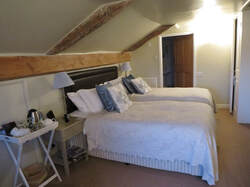 We had a restful night, and an elaborate homemade breakfast. Because of our food intolerances, the owner prepared a portion of fresh salmon for us. What a treat! We were refreshed to move on, resting in God's grace and mercy. Hope you were refreshed, too, by our travelogue. A change in scenery always inspires me. Do you have a location you love to visit? Tell me in the comments below!
If you've been following my blog this summer, you know that I am plagued by wanderlust. So, to relieve it, I'm posting one of my favorite trips to date. My daughter and I took a self-guided "Chasing the Janes" tour, visiting the homes of Austen and Brontë (Jane Eyre) and the movie locations of our favorite film versions. Of course, we couldn't leave England without visiting Bath. This was the setting for Austen's Persuasion.
Since travel is not an option this summer, I'm continuing with my wanderlust summer series. This time, it's a medieval city in England - the quintessentially historic York. After we toured this famous town, Olivia and I agreed its one of the places in England we'd love to live!
|
Good News!My MG Biblical fiction "The Heart Changer" debuted in 2019 with Ambassador International. Categories
All
|
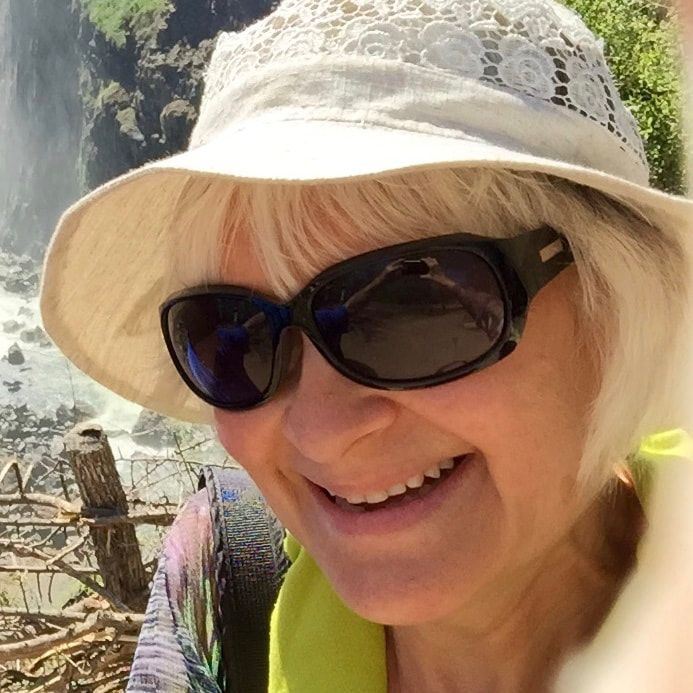
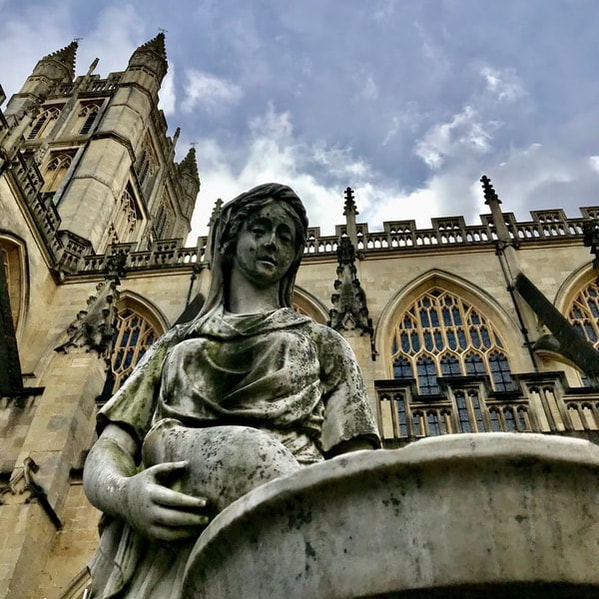
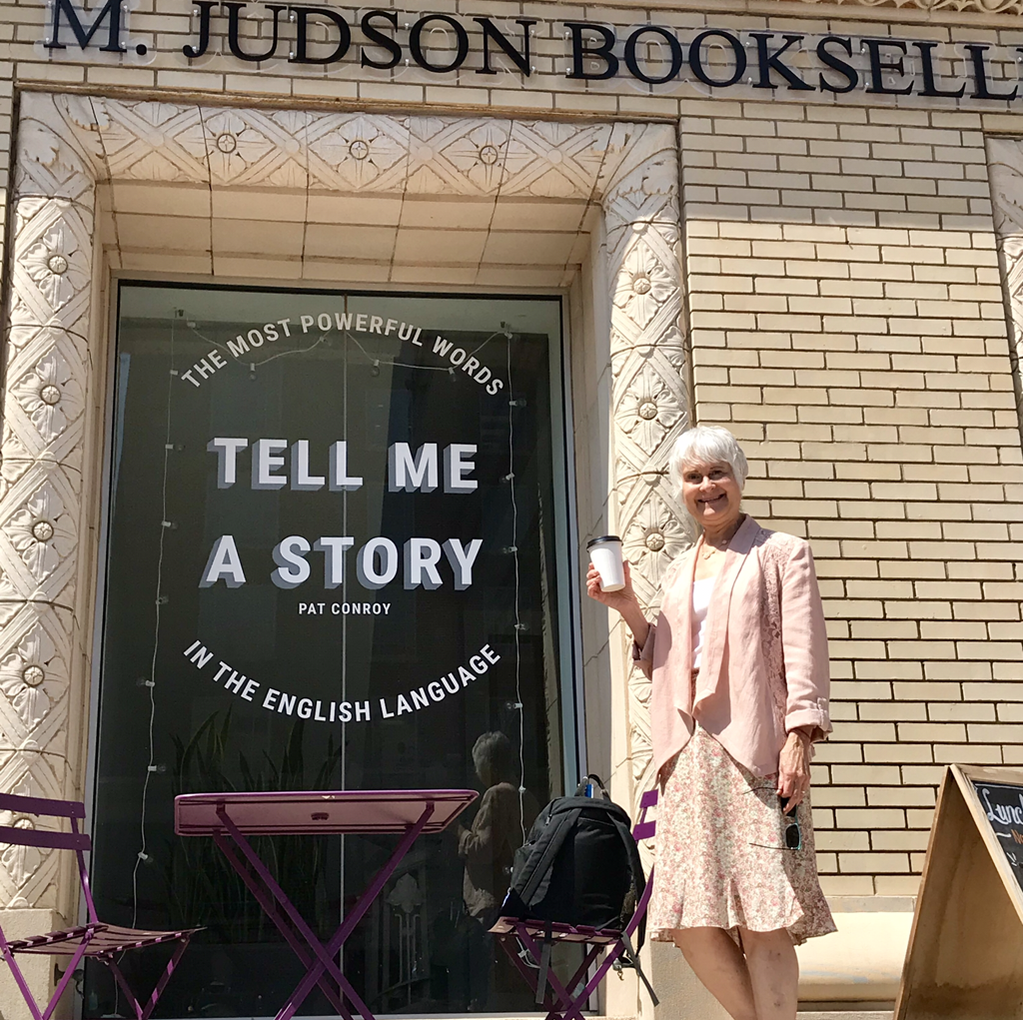
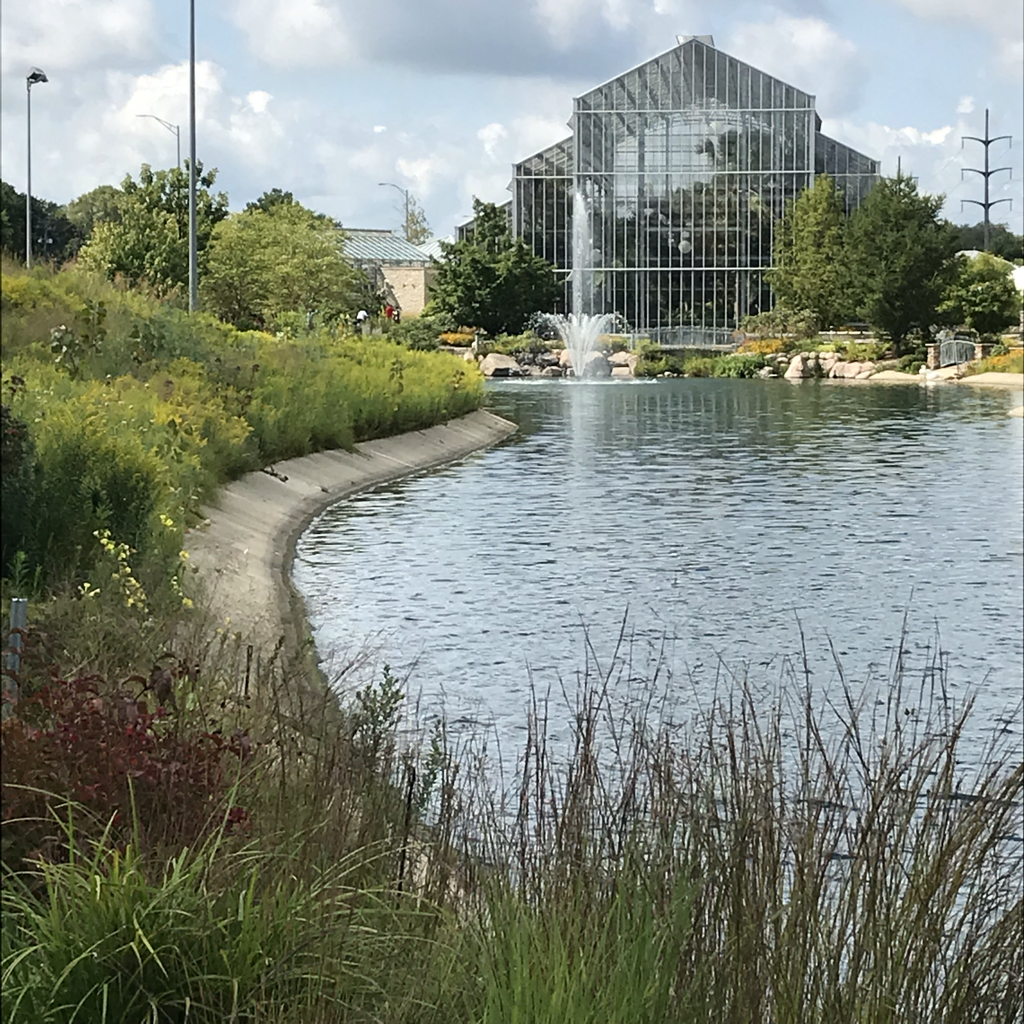

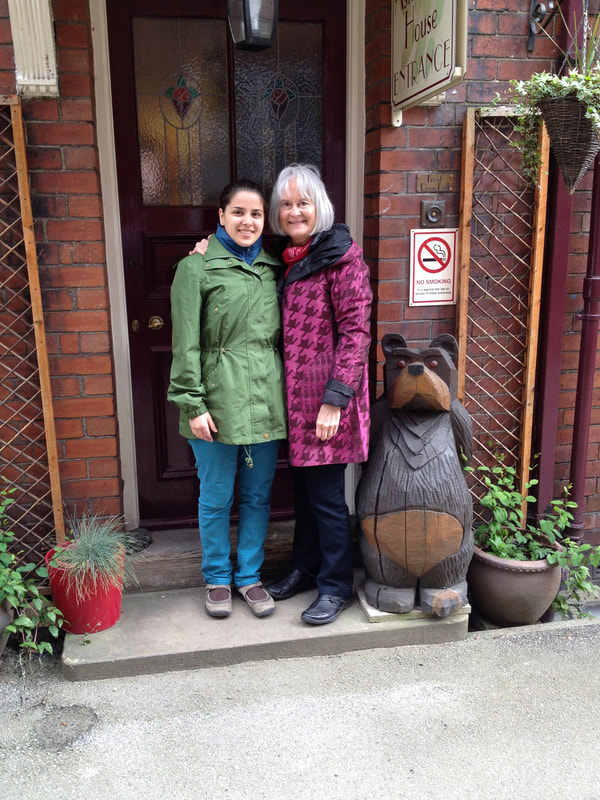
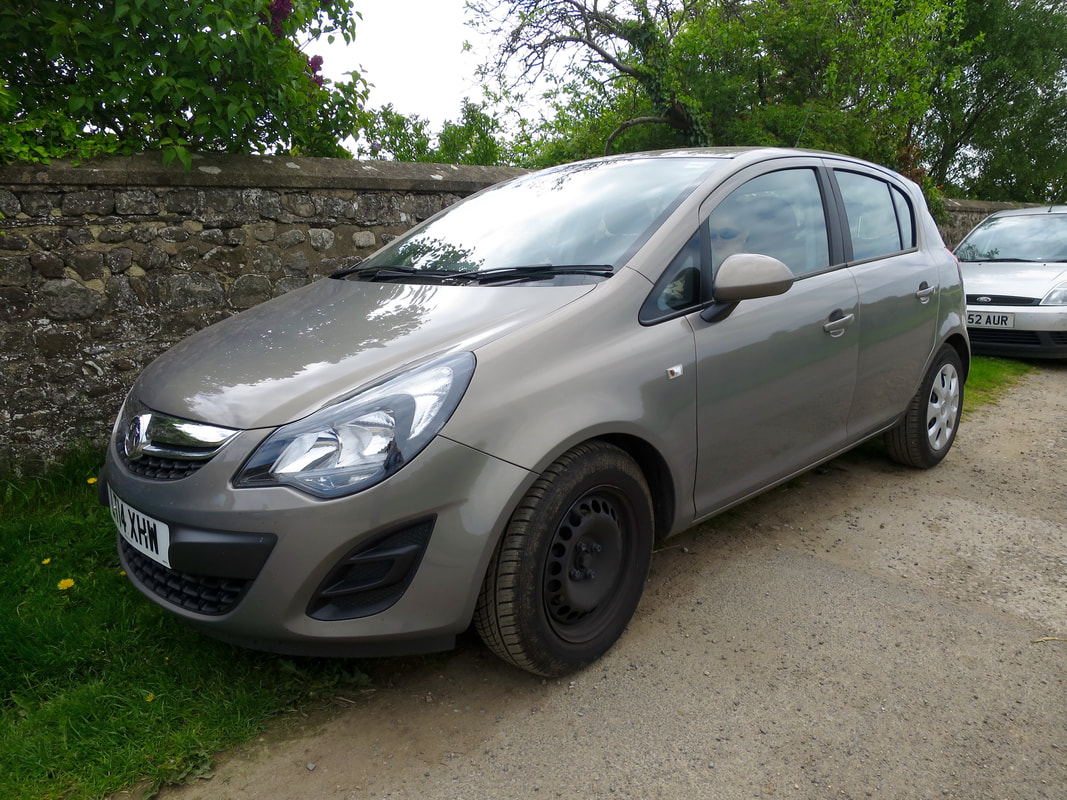
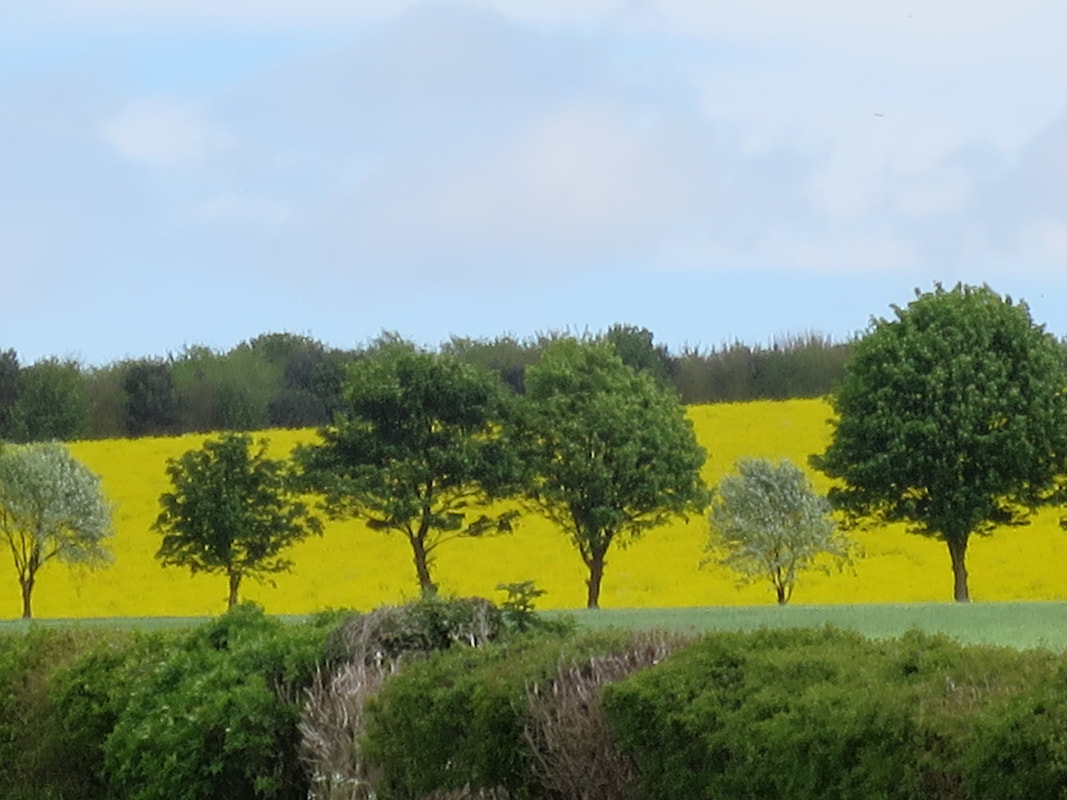
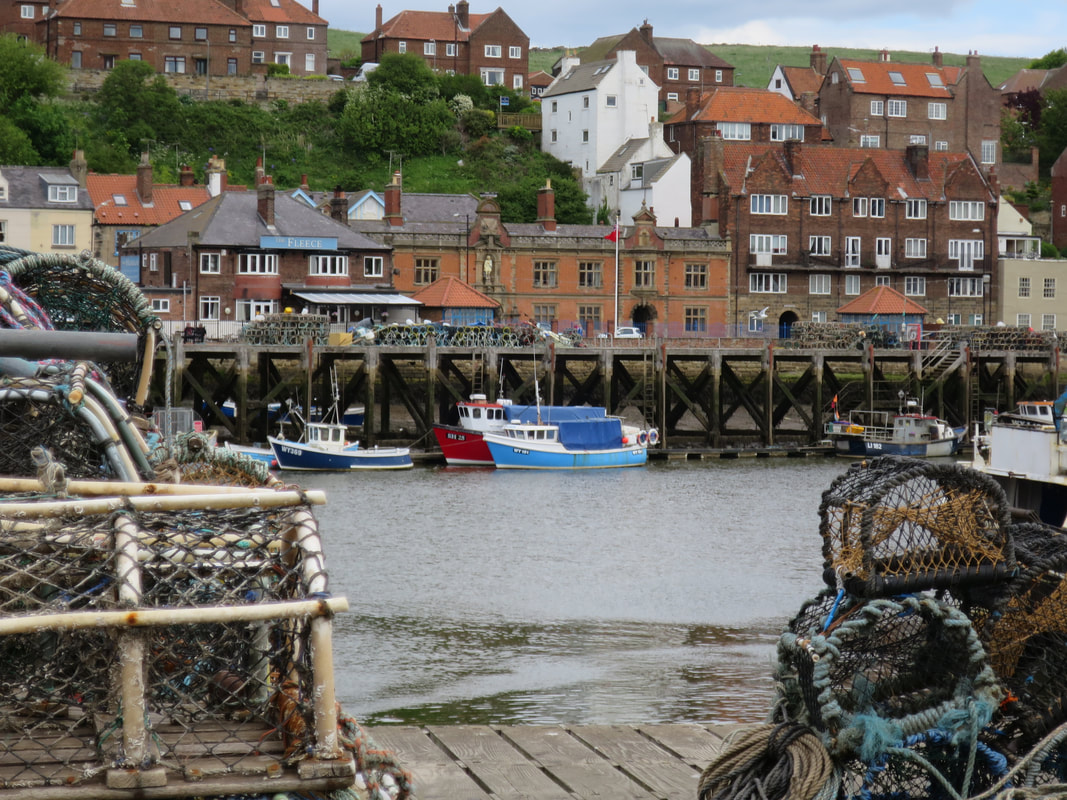
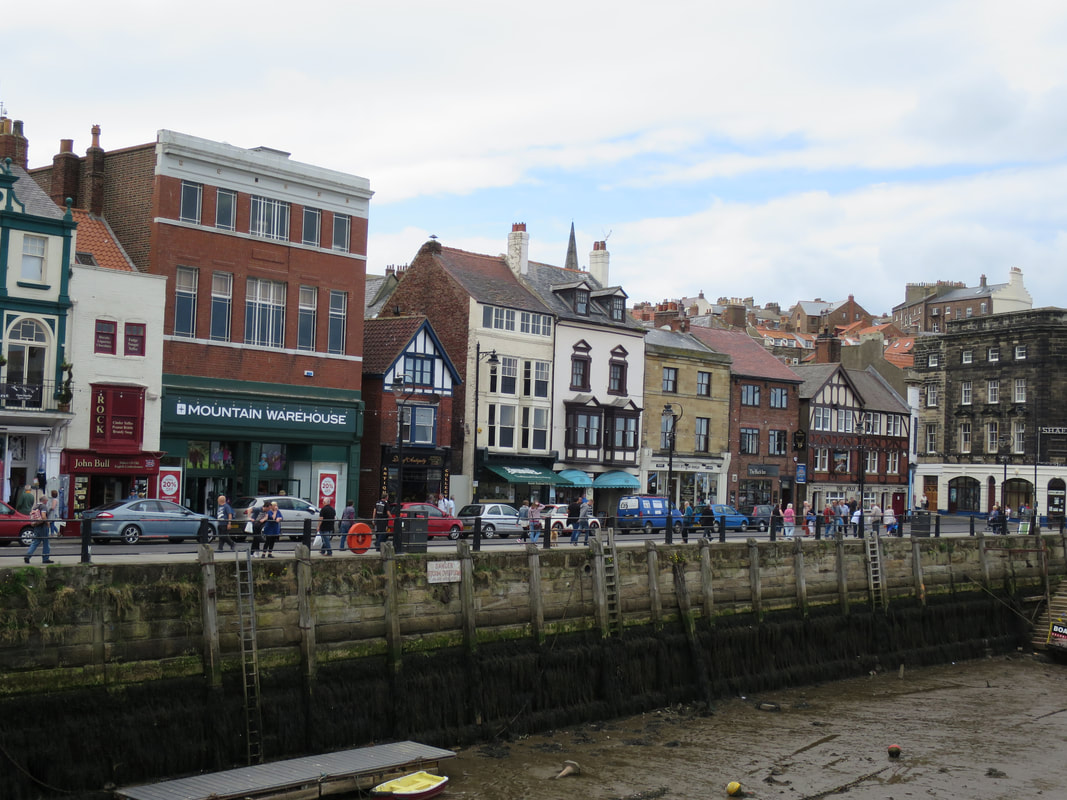
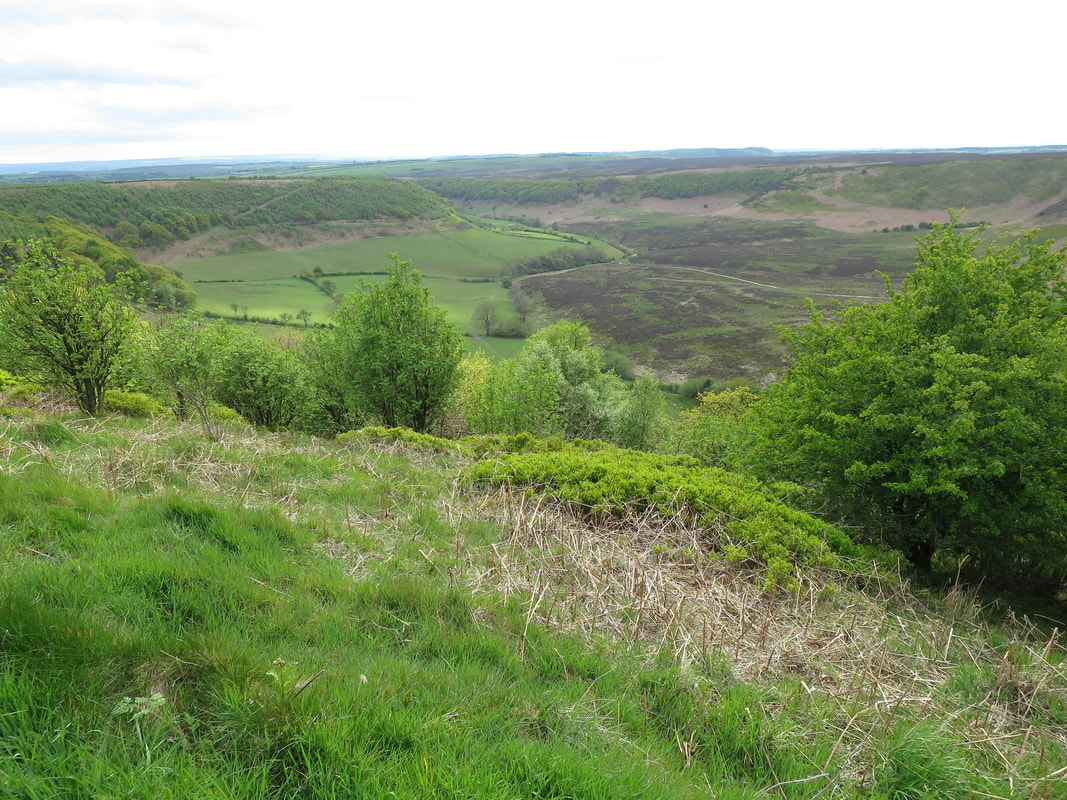
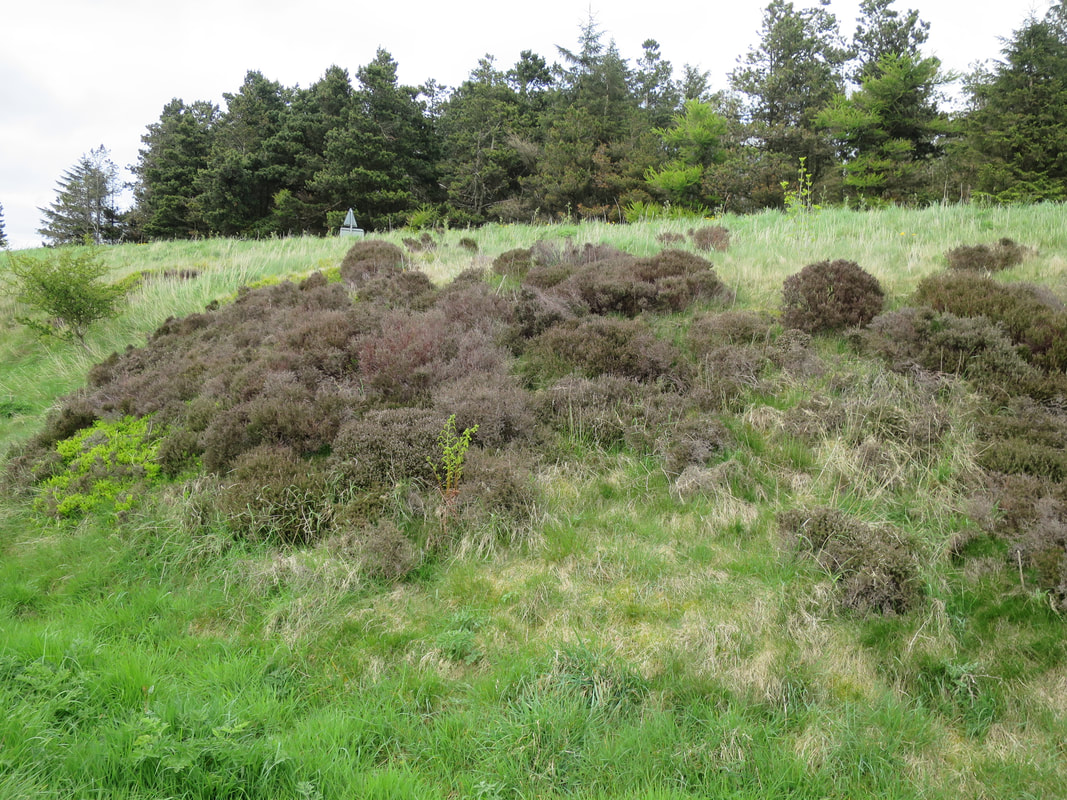
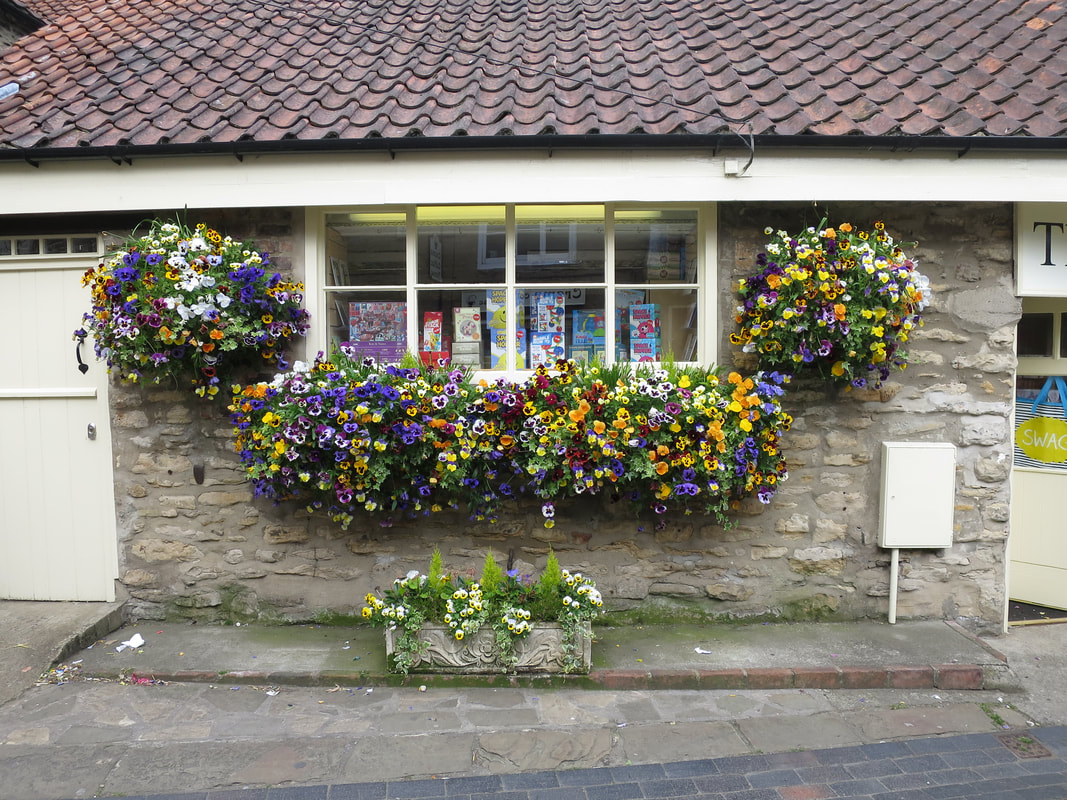
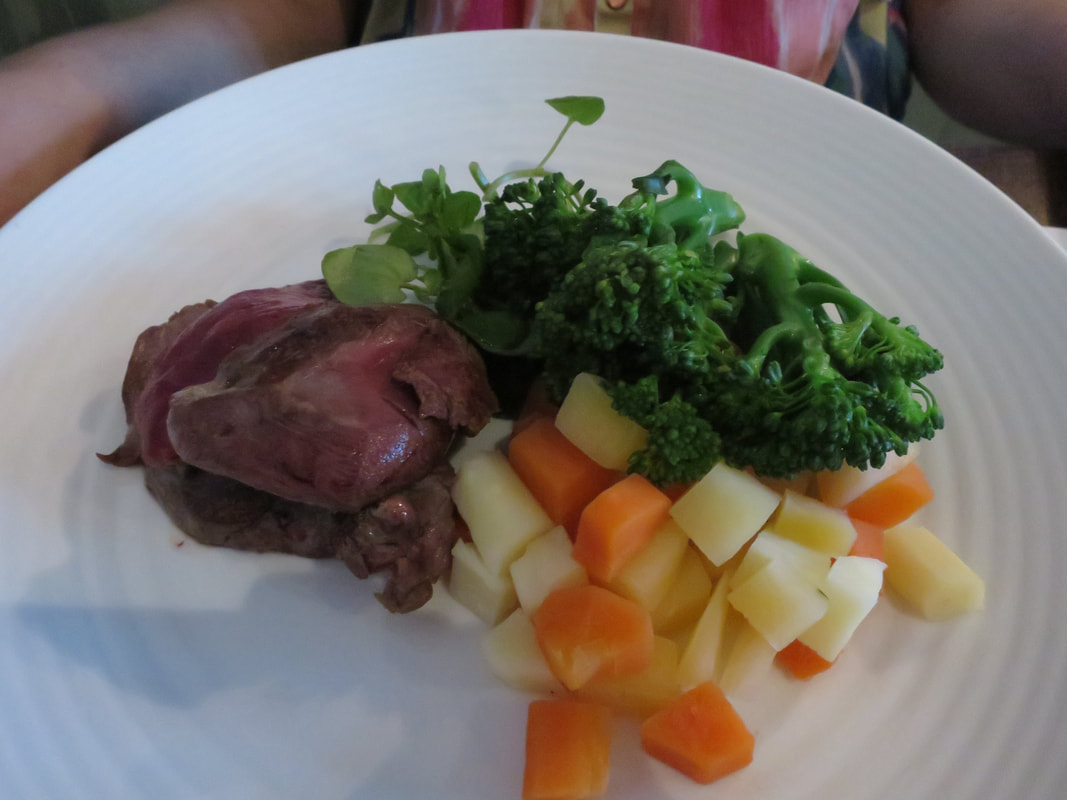
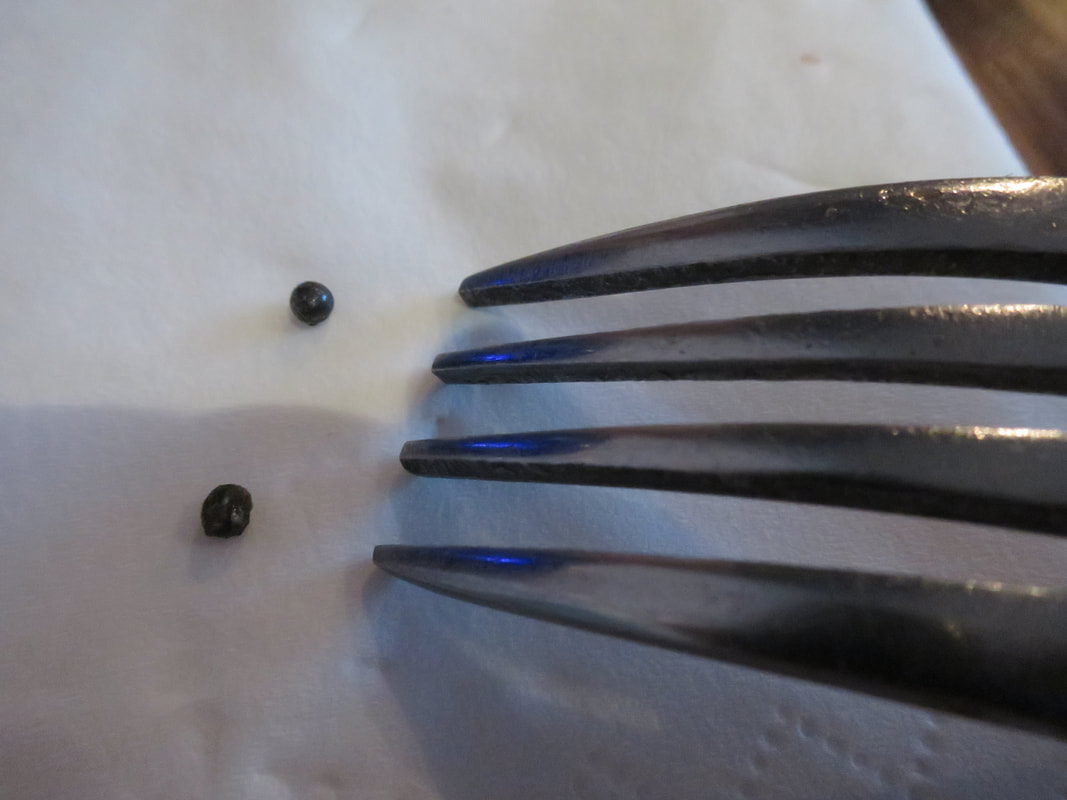
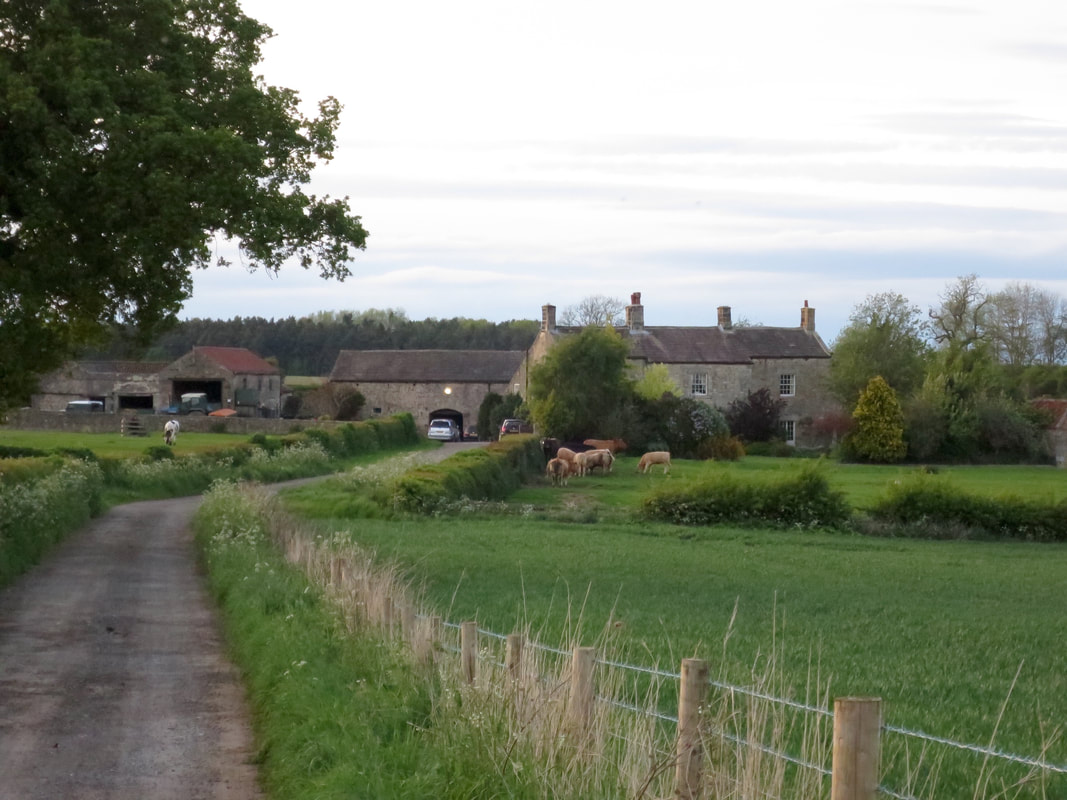
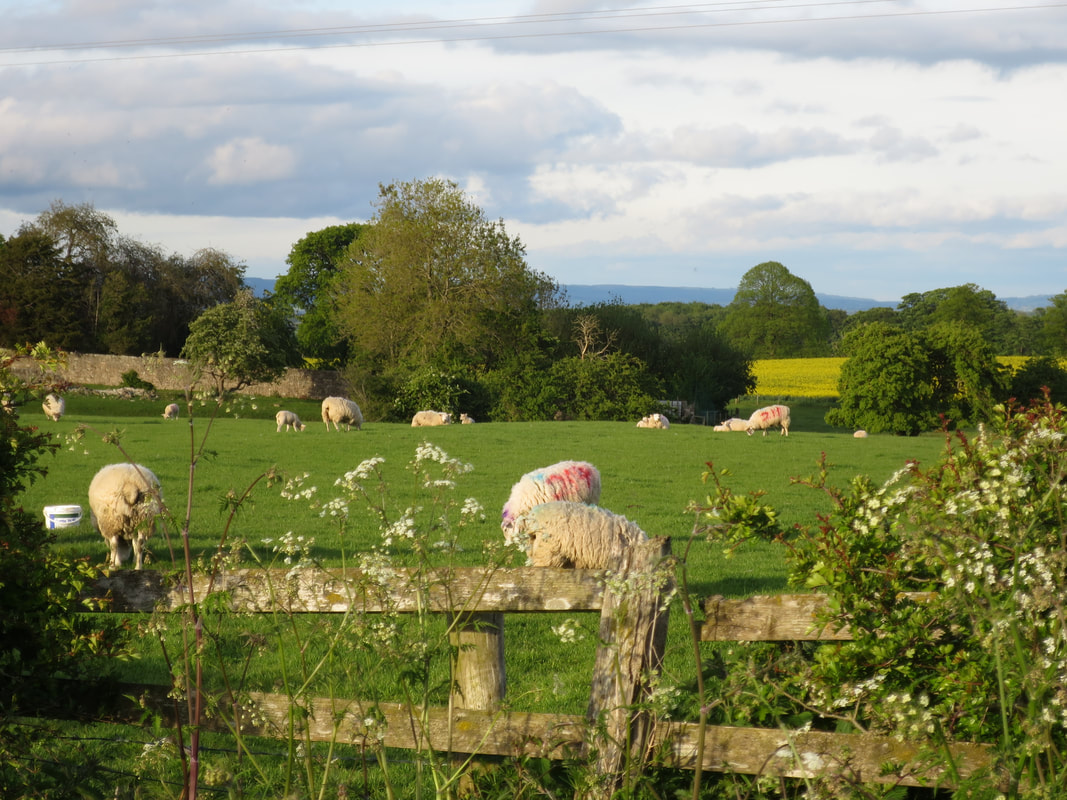

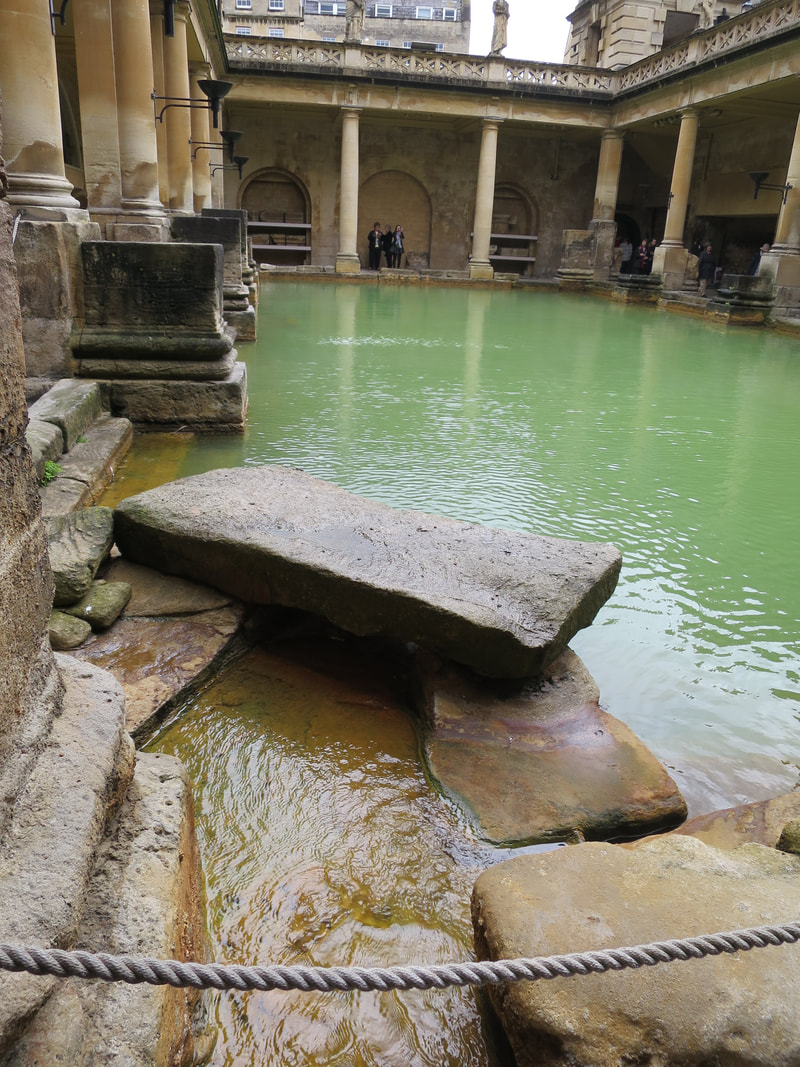
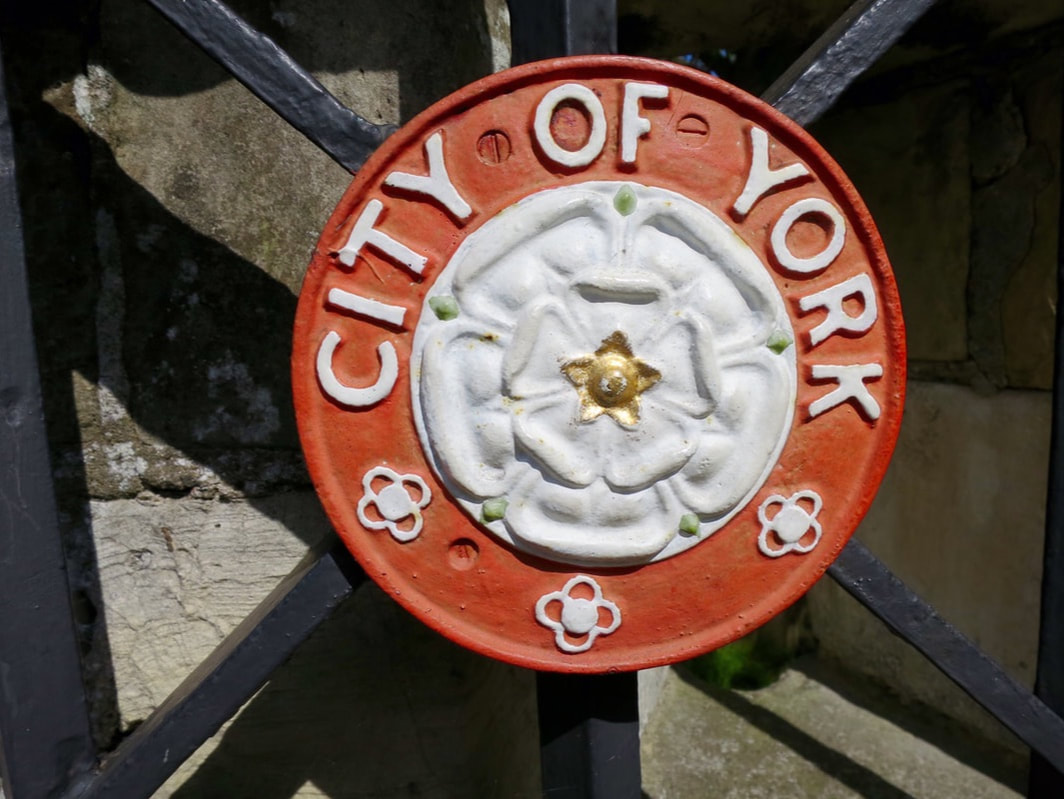
 RSS Feed
RSS Feed